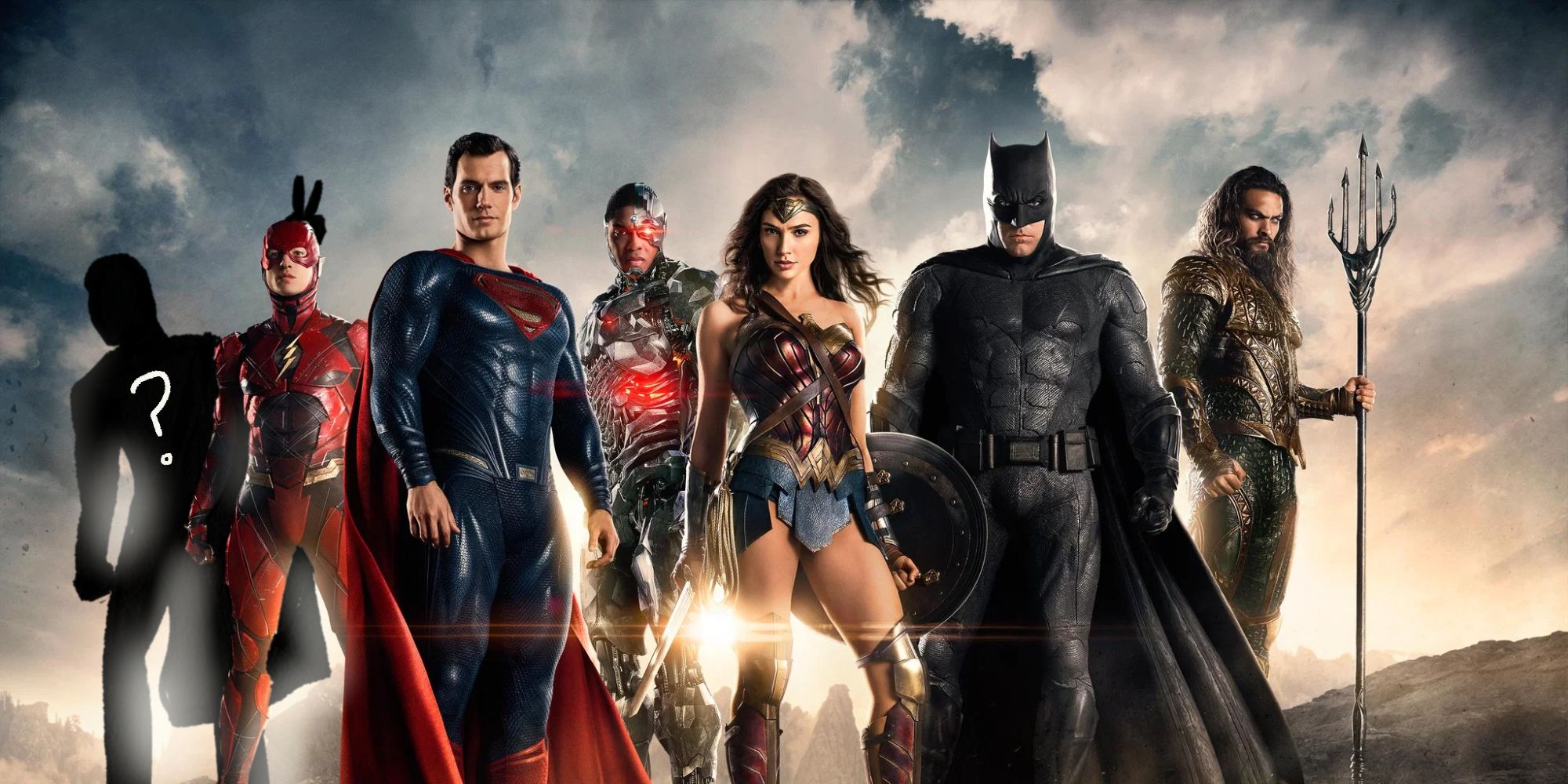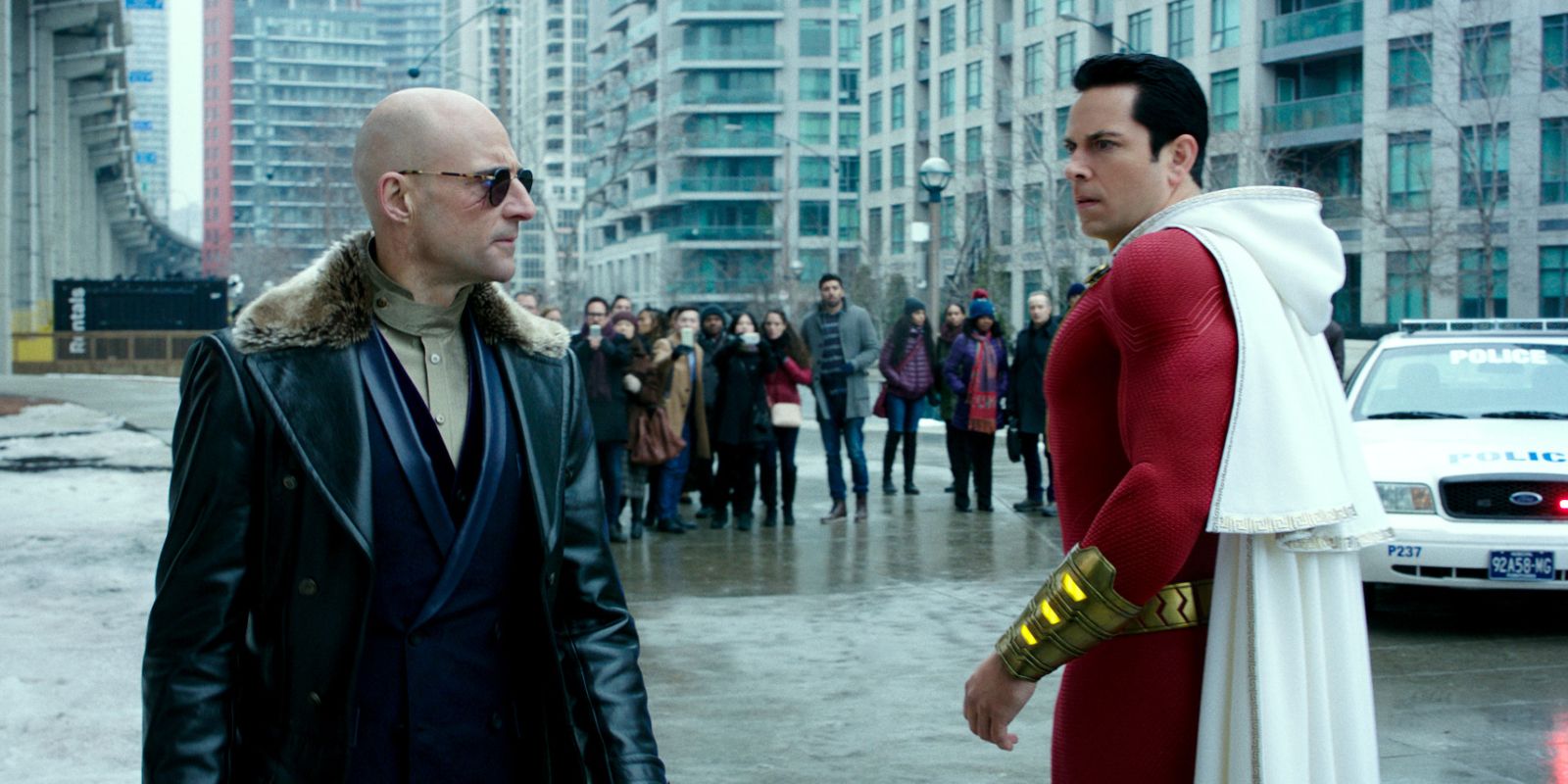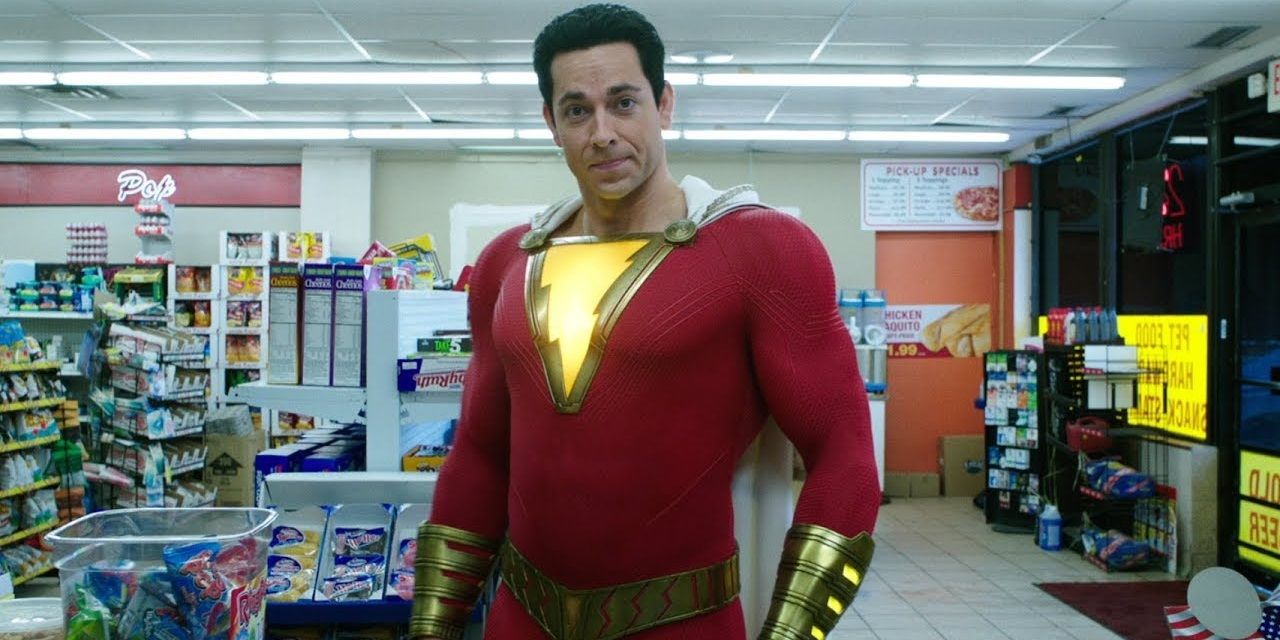Before its release in 2019, DC and Warner Bros.’ Shazam! looked like it was shaping up to be yet another in a long line of superhero origin films. However, upon release, viewers and critics alike found the film to be heartwarming, light-hearted, and surprisingly funny, setting a different tone than the rest of the DC Extended Universe that the companies had been setting up over the previous films.
In Shazam!, however, much like how the Marvel movies have been set up, there were moments throughout the film as well as a teaser during the credits that connected the movie to the broader DCEU. With how different in tone the movies have been, one has to wonder if it’s such a good idea to bridge the gap.
Shazam! tells the story of Billy Batson, an orphan with a penchant for causing trouble who is moving into the latest in a string of foster homes. Shortly after helping one of his foster siblings out, his purity of heart allows him to be transported to a magical realm where he is bestowed with superhero powers, allowing him to transform into an adult when he yells the word “Shazam!”
The movie is very much like any other superhero origin story, but it proved to do it more successfully than others of its ilk have. One of the main reasons Shazam! worked was because it didn’t try to be dark and gritty, instead focusing on making a fun experience for the viewer. Instead of being a super serious superhero movie focused on the idea of fighting a supreme evil working to destroy the world, it really played with the idea of what would happen if a young kid were to all of a sudden be capable of using all these amazing powers.
Throughout its 132-minute run, Shazam! does make the occasional reference to a larger connection to the DCEU. There are multiple allusions to members of the Justice League, particularly Superman, and it is established within the movie that these characters are very much real in their universe.
The tonal shift for this movie is what really separates it from other DC films, and that could cause issues if the companies plan to tie it in a meaningful way to the rest of their films. Since a large part of the magic of Shazam! is that it’s fun, goofy, and worth watching independently of the rest of the going-ons in the DCEU, having its story spun in with the other DC movies risks dragging it down. Despite it being part of a larger film universe, it’s perfectly okay to have the movies all inhabit the same universe and reference each other without the characters appearing in each others’ films, despite that being the winning formula that Marvel pioneered.
While it remains to be seen what the sequel, Shazam! Fury of the Gods has in store for the character, it is likely that the film will try to more closely tie the series in with DC’s other film projects, though how they plan to do that exactly becomes more difficult to predict with each new actor to don the Batman hood. With the word “fury” being in its name, though, one has to wonder if the sequel already intends to shift the series to a more somber mood. The actors in the movies are growing up, as are the characters they play, but becoming a self-serious superhero story would be going directly against one of the key strengths of the first Shazam!
It places the series between a rock and a hard place. How exactly does it proceed? Realistically, the movie can only coast off of surface-level superpowered hijinks and good vibes for so long before it becomes stale, but the more the series feels like more traditional superhero fare risks it becoming homogenized with an already saturated genre. If Shazam! takes on a more mature and darker tone, it becomes indistinguishable from almost every other superhero movie that has been released, particularly from DC and Warner Bros. Conversely, if it refuses to grow up, the series will become muddled, repetitive, and indistinguishable from itself.
Perhaps the best answer for this self-inflicted catch-22 is to simply keep its momentum. The first Shazam! is ultimately a coming-of-age story that does deal with some somber themes like abandonment and the feeling of being alone in the world. However, it pushes through them with fun antics and a message about love and the legitimacy and value of a found family. There are plenty of issues that an adolescent has to deal with on their journey to adulthood, and having given Billy Batson a tight-knit group of people who support each other will help keep that character grounded while offering multiple perspectives on the hurdles people face in life. Shazam! could become not just the coming-of-age origin story, but become a coming-of-age series, allowing viewers to grow up with these characters and take the lessons the characters learn with them to the real world.
This all means keeping the series fairly divorced from the DC Extended Universe. Billy Batson’s superpowered alter-ego Shazam can make an appearance in the Justice League films, but it’s unlikely that he or his new family will be able to provide any meaningful assistance to the other superheroes aside from raw punching power. It may still work if they let the villains Billy goes up against crossover with the other films. However, the Shazam! series itself shouldn’t entwine themselves too deeply with what’s happening with the Justice League movies and keep its own films strictly Shazam!-focused. With the hit-and-miss nature of the DCEU, one of the strengths that it can really play off of right now is that a viewer doesn’t need to catch up on 12 other movies to understand what’s going on in it.
Overall, how DC intends to match the caliber of the Marvel Cinematic Universe has been very up-in-the-air, not for lack of trying. However, Shazam! proved that, even in this day and age of cinema, a superhero film doesn’t need a larger overarching plotline to keep viewers' interest piqued. It just needs some solid writing and a lot of heart.



